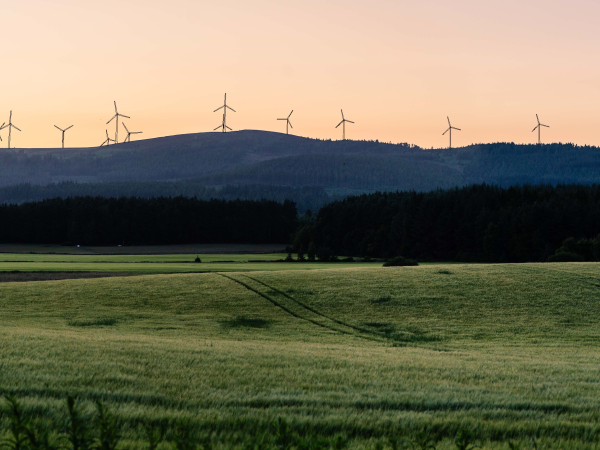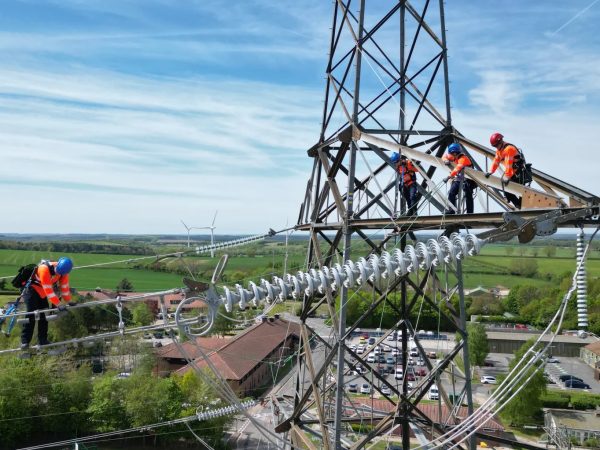| RES Statement | HOFWIG says |
|---|---|
| The Hill of Fare is in an area identified by Aberdeenshire Council as having ‘potential for windfarm development’ | Aberdeenshire Council has specified that the Hill of Fare has no underlying capacity for wind turbine development above 15m in height. The 180-200m tall turbines proposed are not appropriate. |
| Would generate clean, low-cost renewable electricity for around 101,000 homes each year | This windfarm will not power homes in Scotland. When the wind blows, Scotland is already self-sufficient in wind power and is on track to meet the 2030 onshore wind targets. The National Grid still needs to build major exports route south to transport excess wind energy generated in Scotland. Turbines have to be shut in on windy days raising constraints payments which have already cost the country £1 billion in wasted money last year. Although one of the largest battery installations in Europe, we estimate that the Hill of Fare BESS will supply 100,000 homes for around 2 hours. |
| Capable of reducing the equivalent of 69,000 tonnes of carbon emissions each year | Peat removal, tree felling, and concrete create a significant carbon deficit. Due to the low carbon displaced from the grid over most of its life, and the decomposition of peat drained by roads and turbine pads, the windfarm will lead to an increase in carbon emissions, not a reduction. Latest estimates are that more peat will be removed. |
| Will improve biodiversity | The proposal will destroy biodiversity, carving up the landscape with roads, construction pits, turbine sites and buildings. The baseline evaluation of biodiversity is not adequate, with errors and many species “scoped out” of any assessment. RES estimate a 25% reduction in the protected red kite population after 25 years as a result of the windfarm. They assess this as “not significant”. |
| Hill of Fare could create a £150 million boost for the local economy | These figures are spread over 50 years, and annually are not significant. The £50 million Business Rates quoted (over 50 years) will not go directly to Aberdeenshire Council; they will be put into a national pot to be distributed to local authorities across Scotland. Aberdeenshire Council’s annual budget is >£700 million, and this is insignificant. Some jobs during the 2-year construction period will be local, but many will be specialist equipment and operators from elsewhere. There will be very few jobs during the 48-year operational period. A more accurate description of economic benefits is in their detailed application documentation: “The socio economic impact during construction of the Proposed Development was assessed as minor beneficial in Aberdeenshire, and minor beneficial in Scotland. The annual economic impacts related to operation were assessed as negligible beneficial for both study areas. All effects have been assessed as not significant”. |
| Package of benefits for the community worth £26.4 million to the local area; | This figure is over 50 years and corresponds to the minimum recommended or £528,000/year. With the high population around the Hill this corresponds to ca. £45/person/year. |
| This could include RES’s unique Local Electricity Discount Scheme (LEDS) which offers an annual discount to the electricity bills of those properties closest to a participating windfarm | No details of LEDS have been given and no guarantees. Any electricity discount may come out of the community benefit package leaving less for the rest of the community. |



